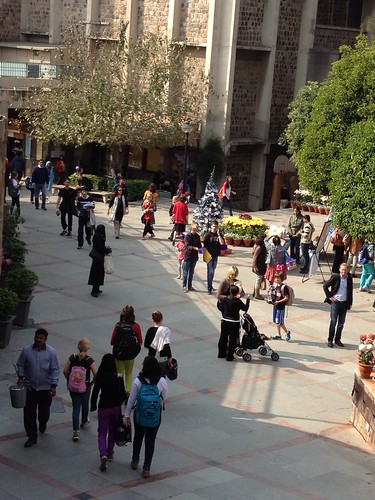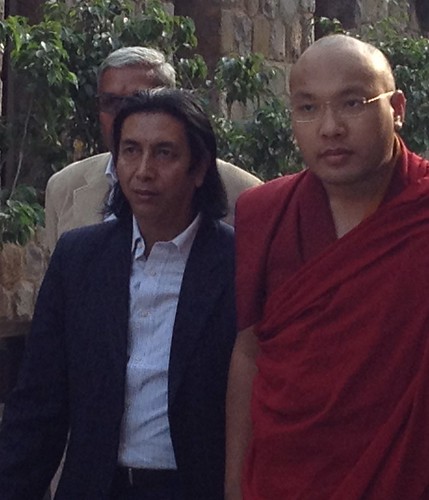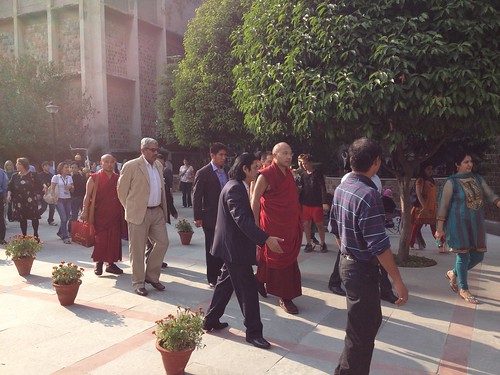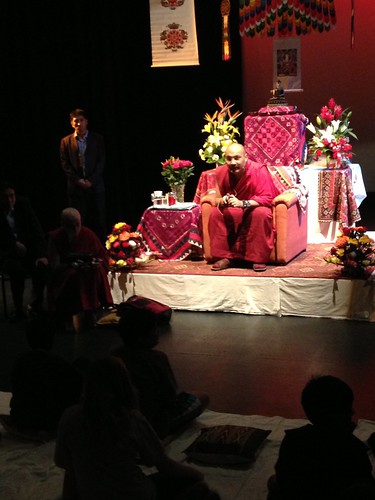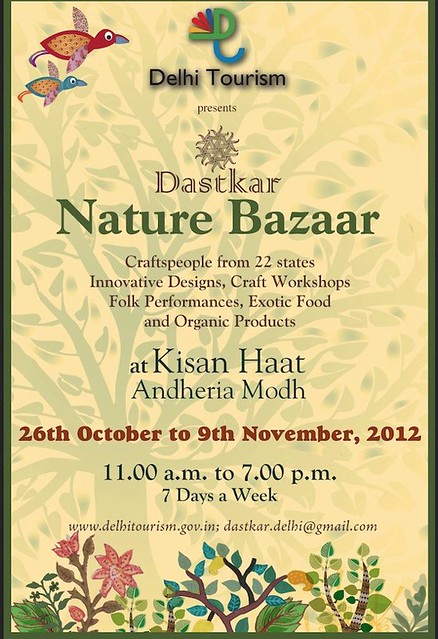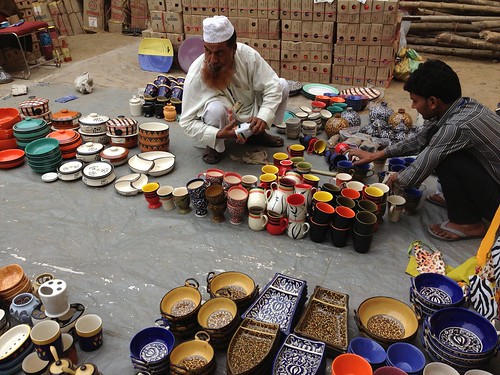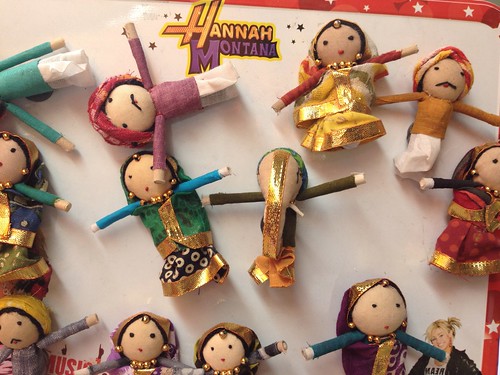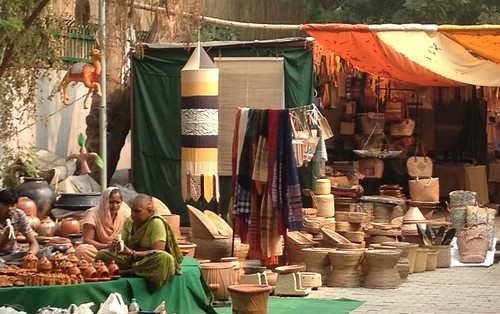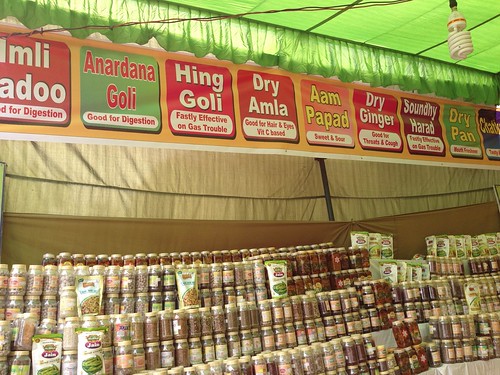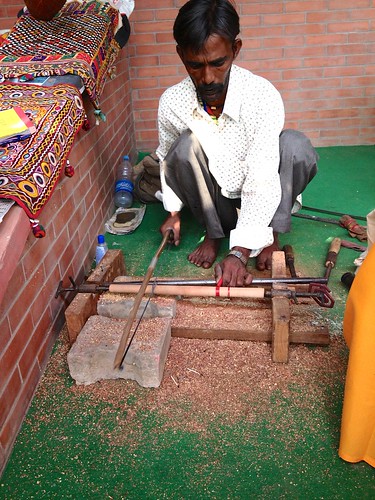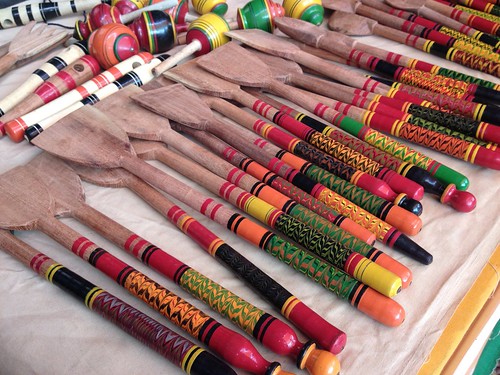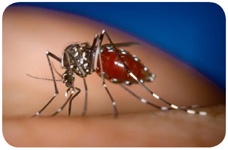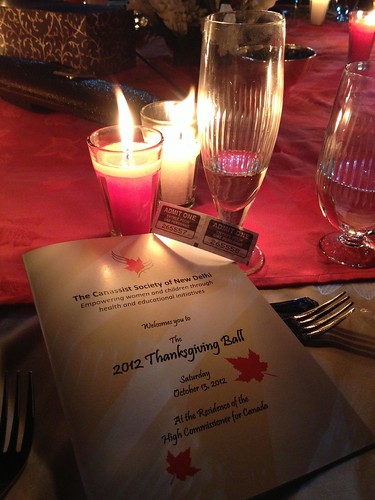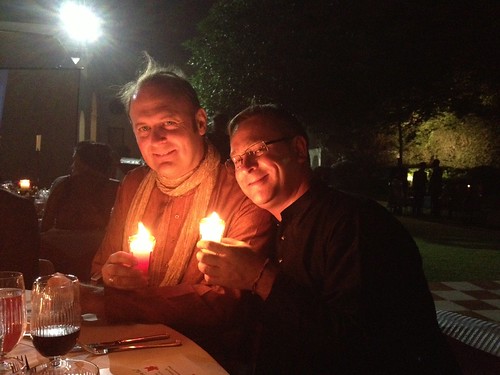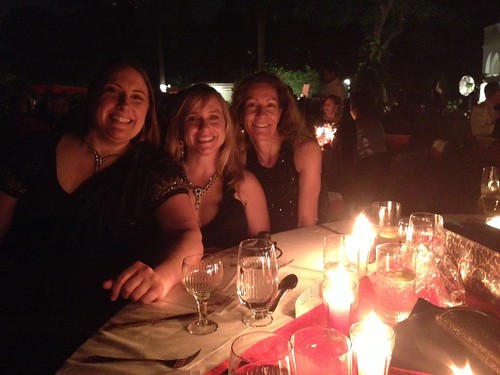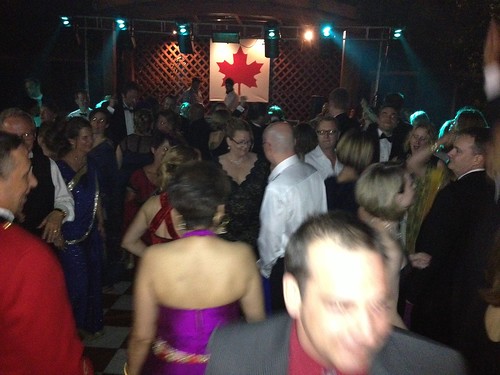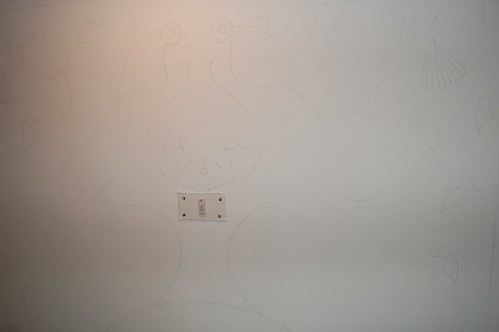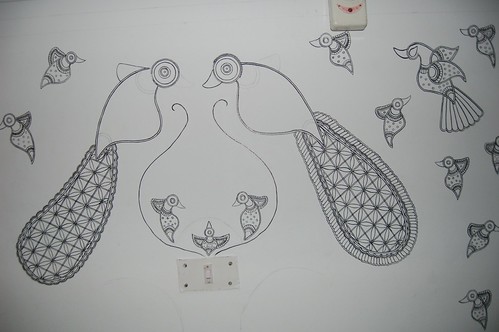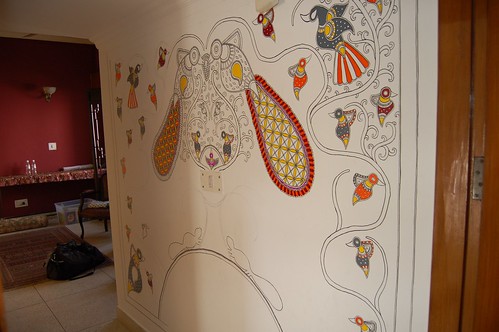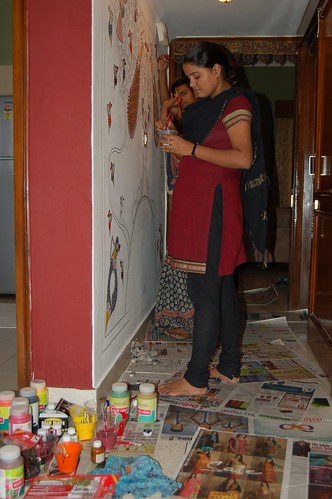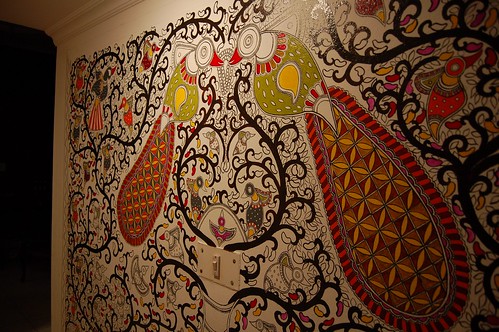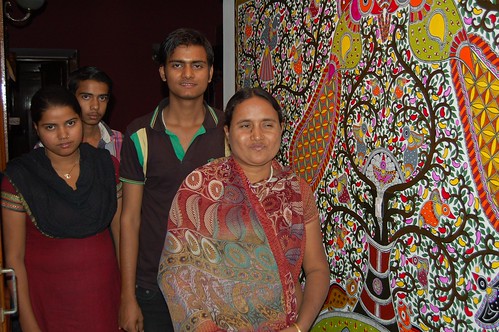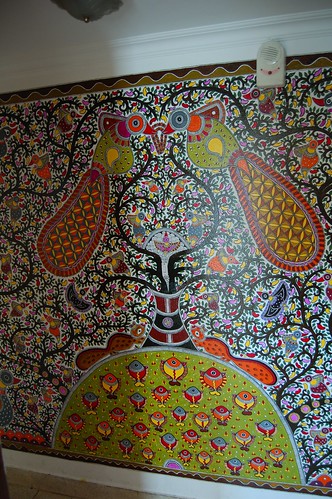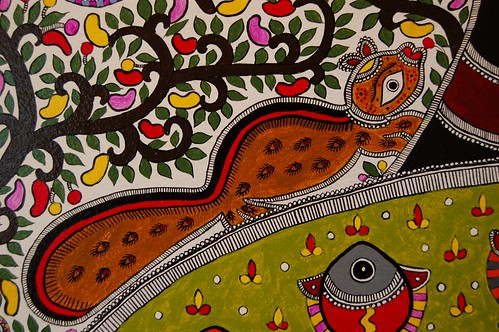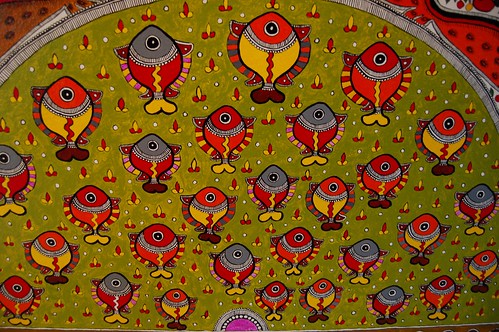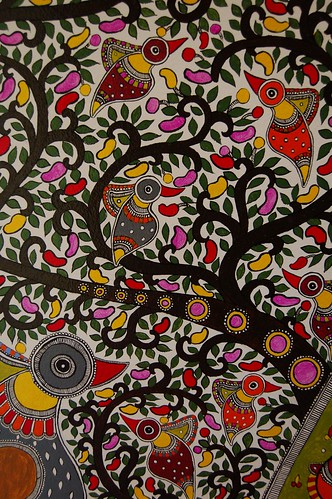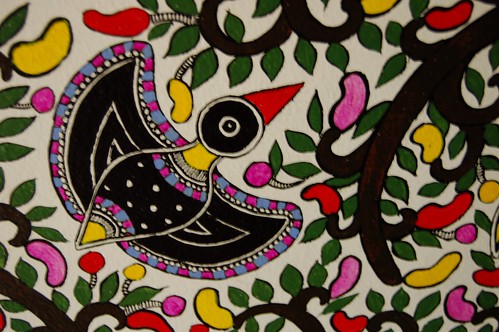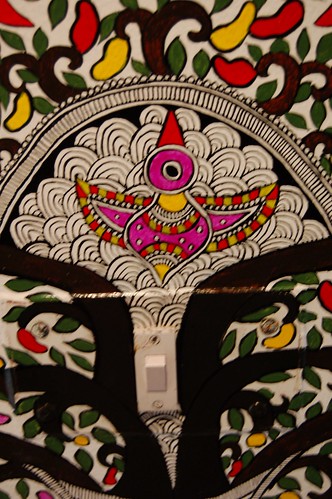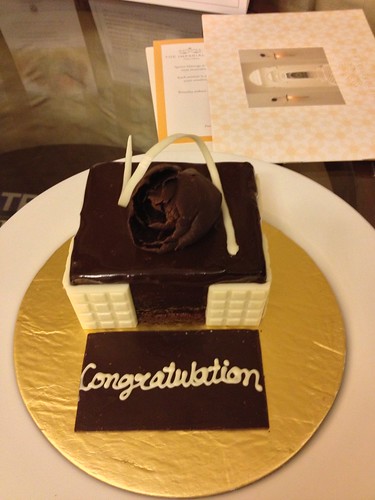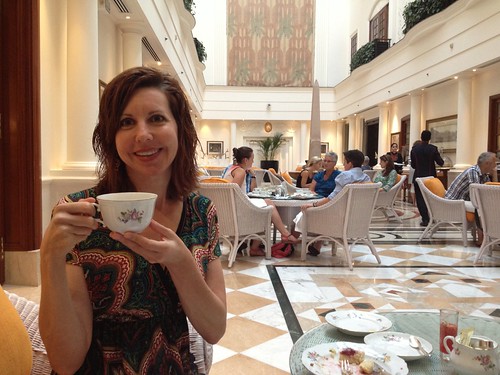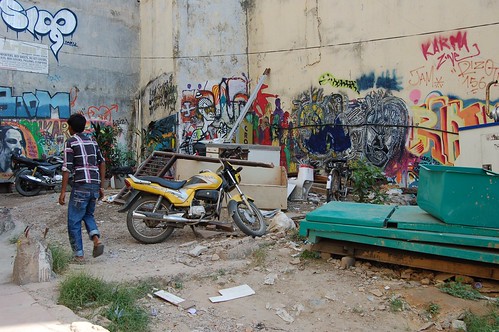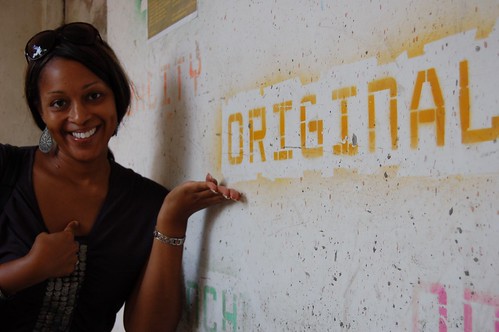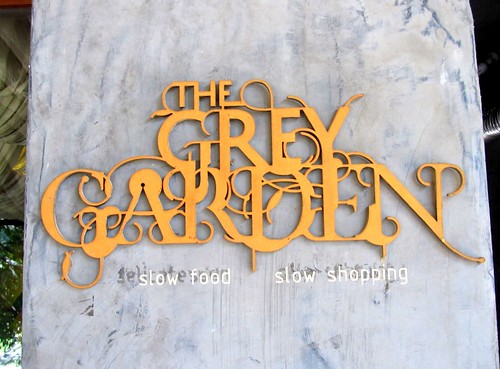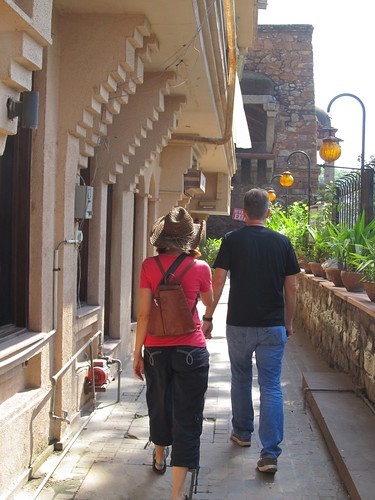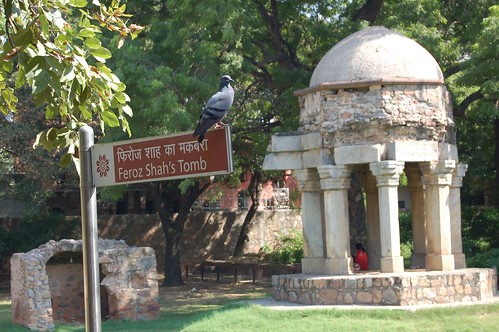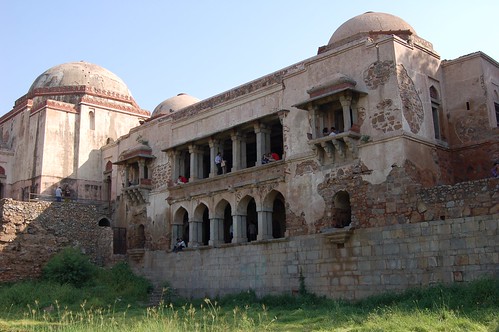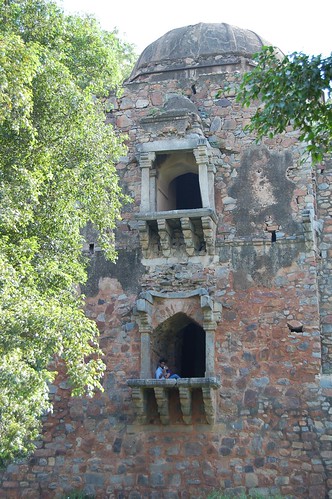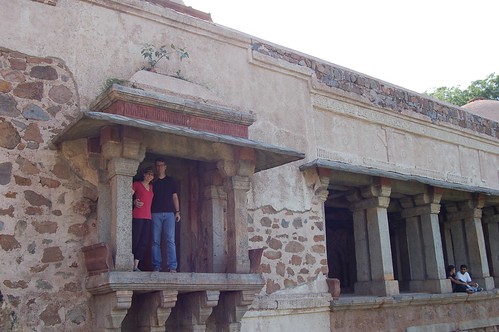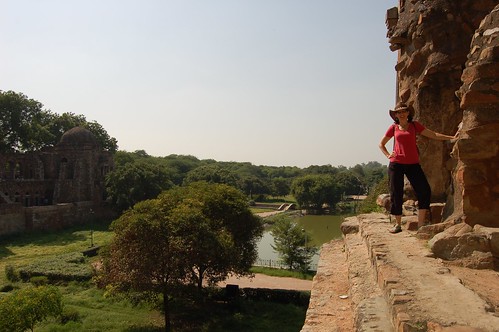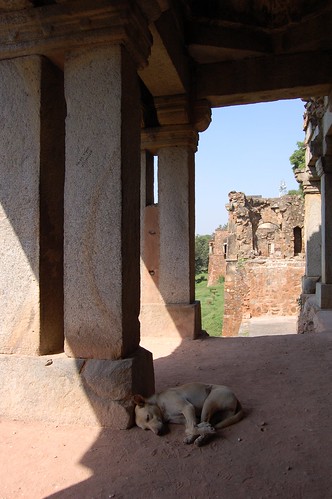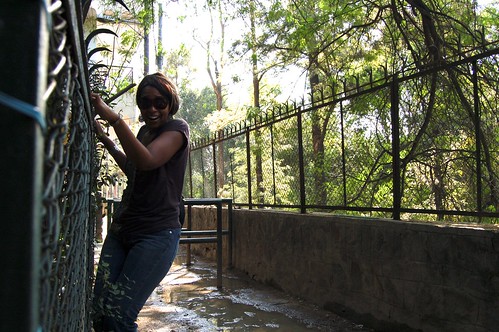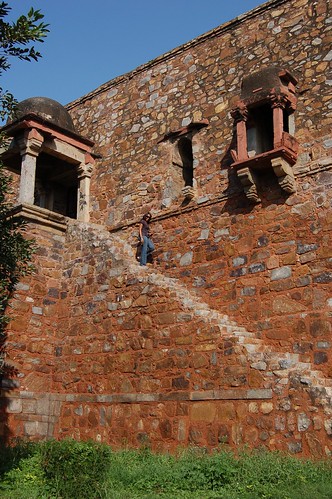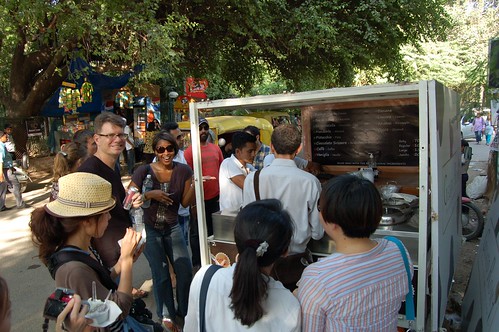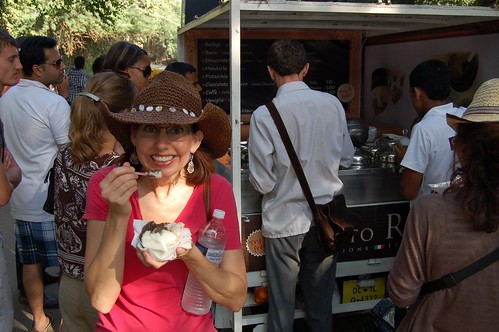I just dug through 701 email messages and pages of old blog posts, as well as photo albums uploaded willy-nilly on shutterfly, picasa and flickr to reconstruct my memory of the last 12 Christmases. I knew for sure that we hadn’t spent a single Christmas in the States, but I couldn’t remember exactly where we HAD spent them. Now I know. And I’m documenting the details here so I’ll be able to find it easily next time. If you traveled with us and/or think I got some of this wrong, please let me know!
When we lived in Turkey, we didn’t actually get a break for Christmas, so we attended and hosted parties (and even flew to Germany for the weekend once) to rouse some holiday spirit. Here’s the run-down on our post-Christmas semester breaks:
2001-02 – Cappedocia and Ephesus, Turkey, with Koc School colleagues Marcos, Renee, Steph and Sarah.
2002-03 – Koh Samui, Bangkok, and Chiang Mai, Thailand, with Marcos and Amber.
2003-04 – Cairo and a Nile cruise in Egypt with Lisa.
2004-05 – Miami and Carnival Cruise with Lisa, followed by the job fair at the University of Northern Iowa.
After moving to China, our two-week semester breaks coincided with Christmas.
2005-06 – Phuket, Thailand.
2006-07 – Malaysian Borneo with Scott and Amy.
2007-08 – Dickinson family reunion in Ramstein, Germany.
2008-09 – Yangshuo, China, followed by the job fair in Bangkok.
During our two years in Laos, we got a whole month off for the semester break!
2009-10 – Krabi, Thailand, followed by a visit from my sister Megan, who traveled with me to Cambodia and Luang Prabang, Laos.
2010-11 – played host in Vientiane to house guests Scott, Amy and Blake, and then headed to the Bangkok job fair.
So far in India, our semester break has been 3 weeks.
2011-12 – Garmish, Germany, with my parents, brother and sis-in-law.
And that brings me to NOW. After all that, I can confidently say we spent Christmas 2012 in the United States for the first time since moving abroad. Why would we do that?
His name is William Augustus Warren, and he is the latest addition to my nephew collection. Will, aka Guster, aka Love Bucket, was born Sept. 29 to my sister Megan and her hubby, Britt. The devastating loss of their first son, Benjamin, made William’s arrival all the more poignant and powerful. I simply couldn’t wait till summer to meet this little guy. A bit shy at first, he quickly warmed up to all the Dickinson chaos. I cuddled the stuffing out of him, and my eyes more often than not teared up with love. Tony enjoyed bouncing him while singing inappropriate lullabies (such as “Two Beavers are Better Than One” from the TV show, “How I Met Your Mother”). By the end of our two-week visit, William had changed so much! He gained more control over his wobbly head, and he began to kick and wave with gusto. His wide blue eyes started tracking to whoever cooed the loudest … or to whichever ceiling fan caught his fancy. Best of all, he started smiling! Big, gummy, perfect smiles!
Here are a few more shots of that sweet doll baby.
Of course, I cherished every minute with my other two nephews, Nico and Paul, too. Hilarious, curious, talented and cute as can be, those two little guys rock my world. Stay tuned … I have heaps more Christmas coverage to come …


